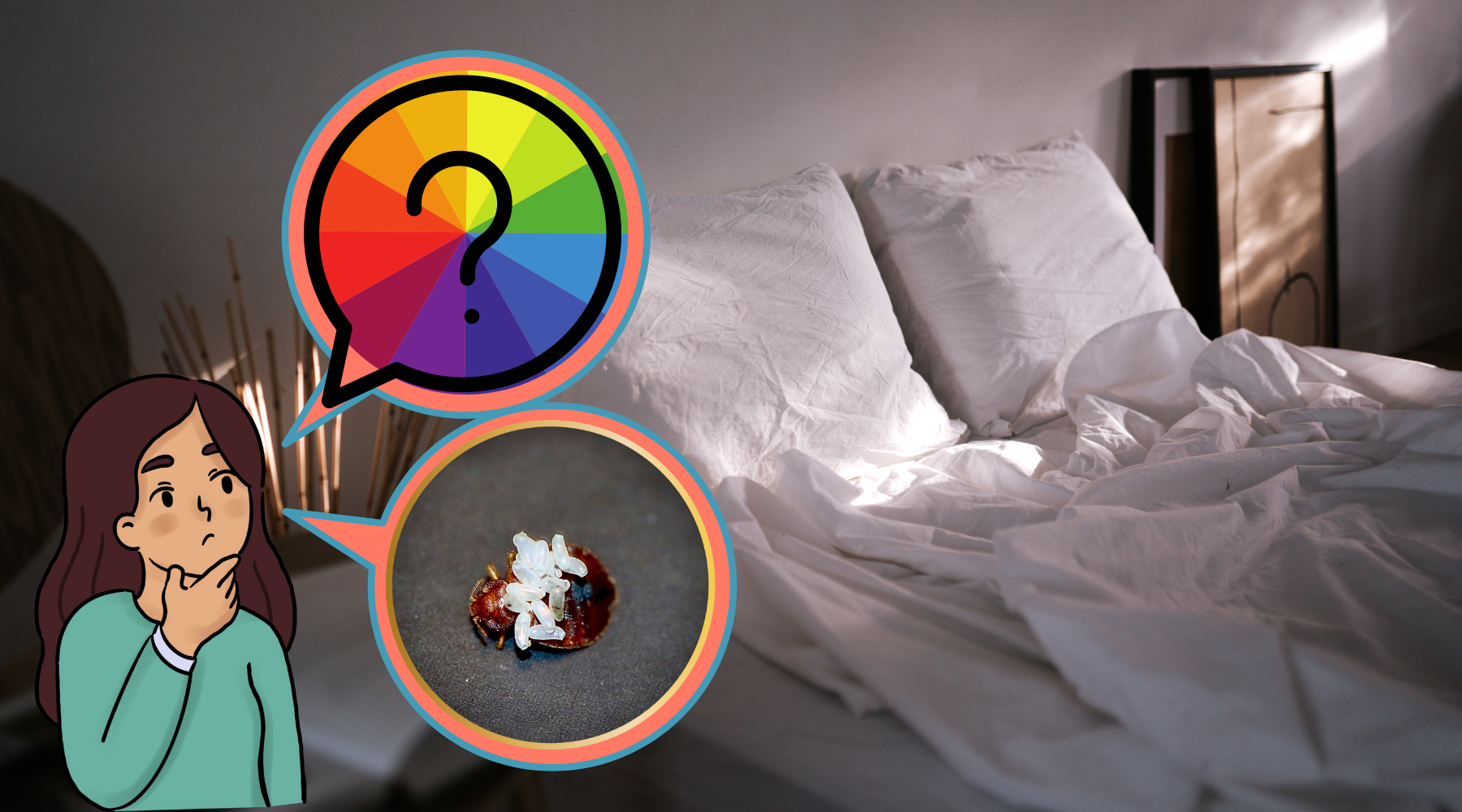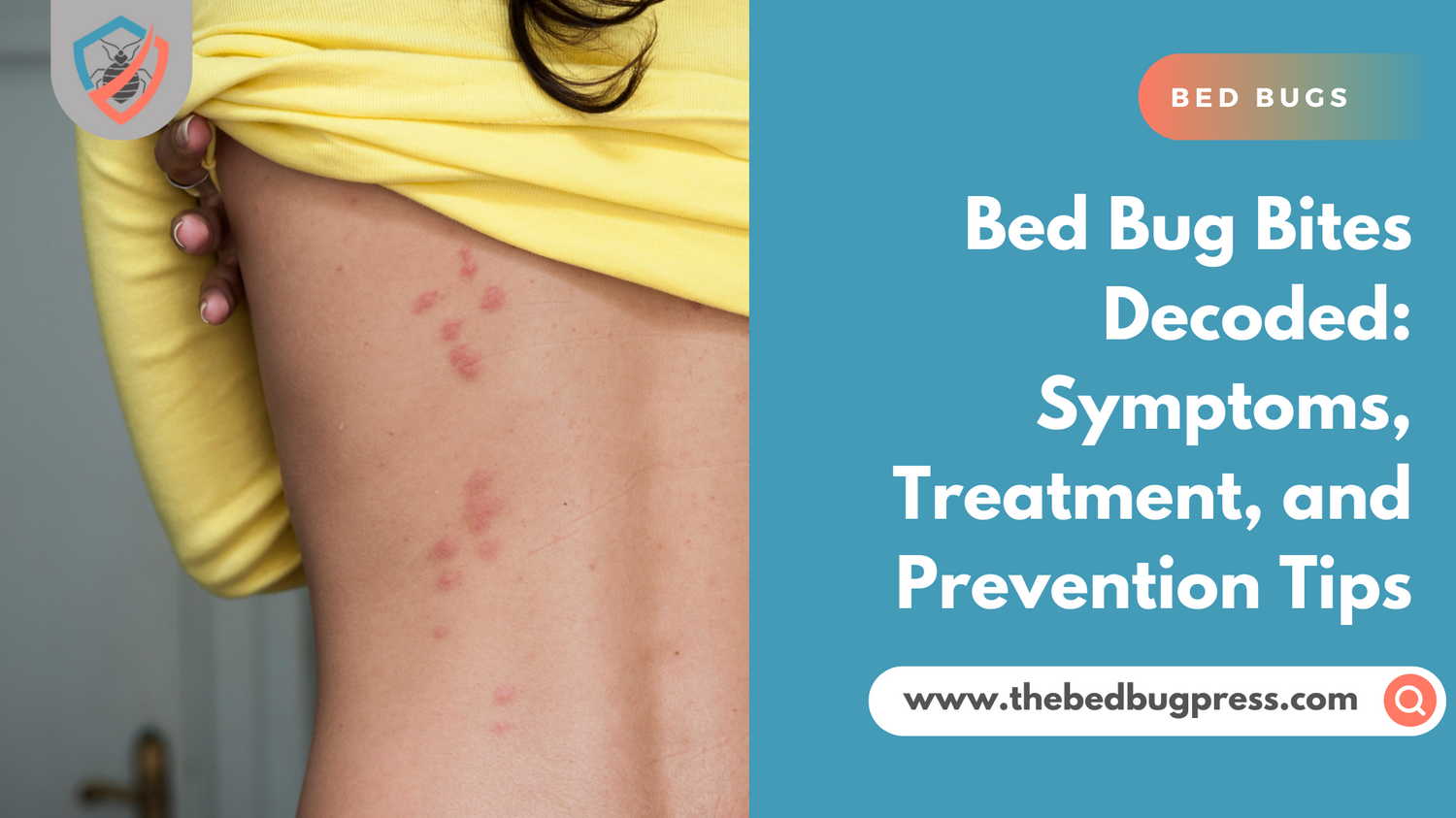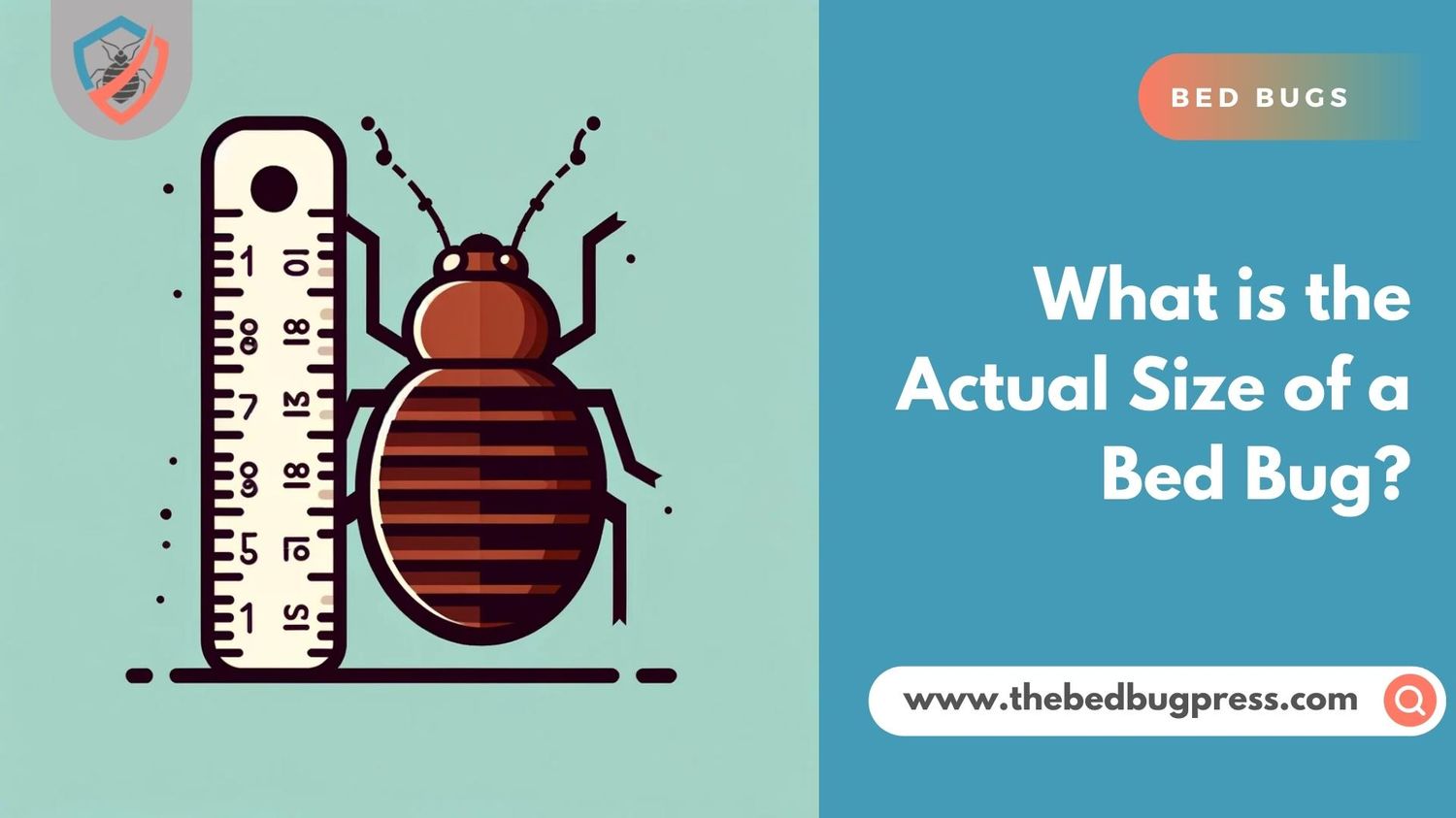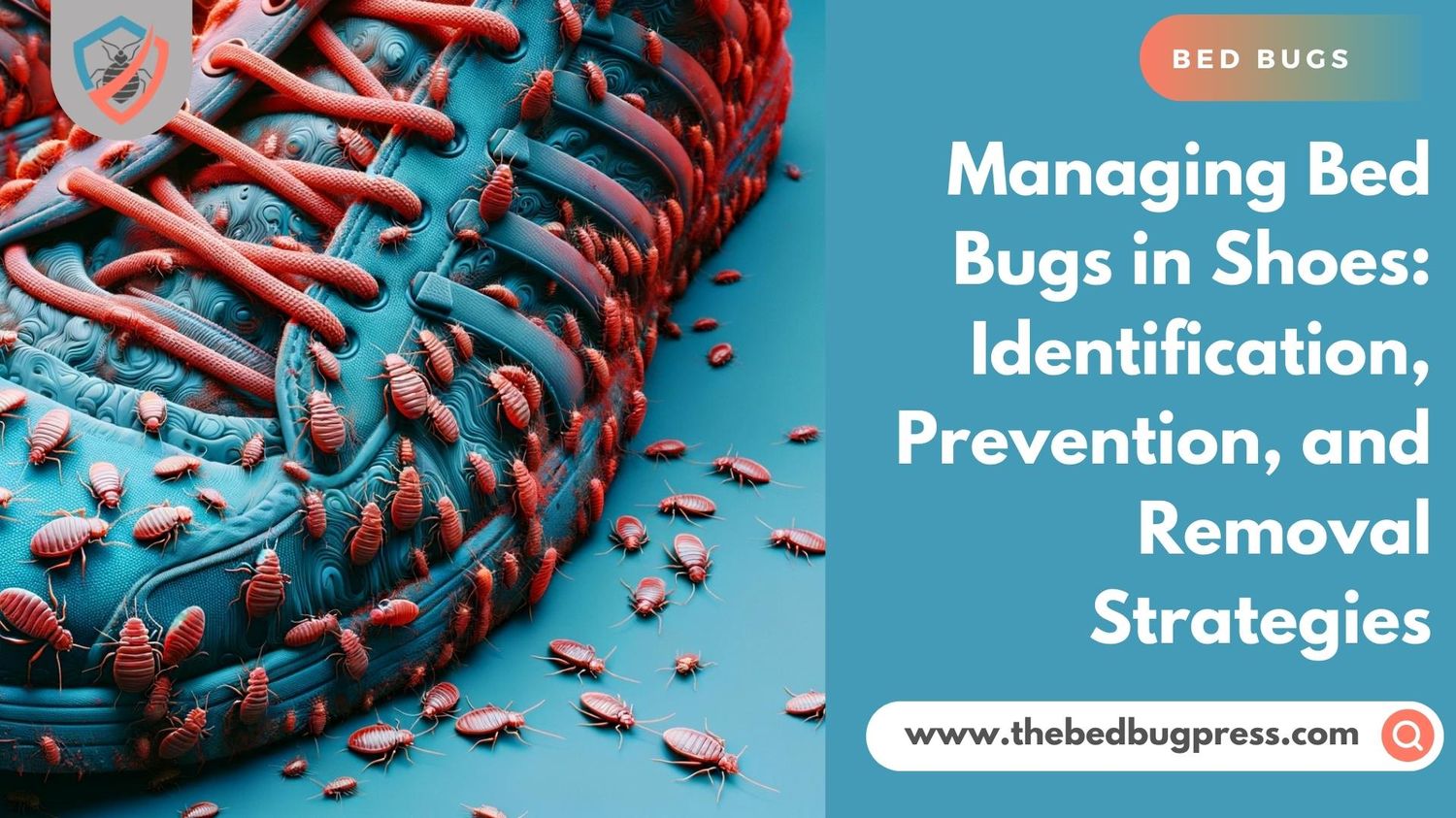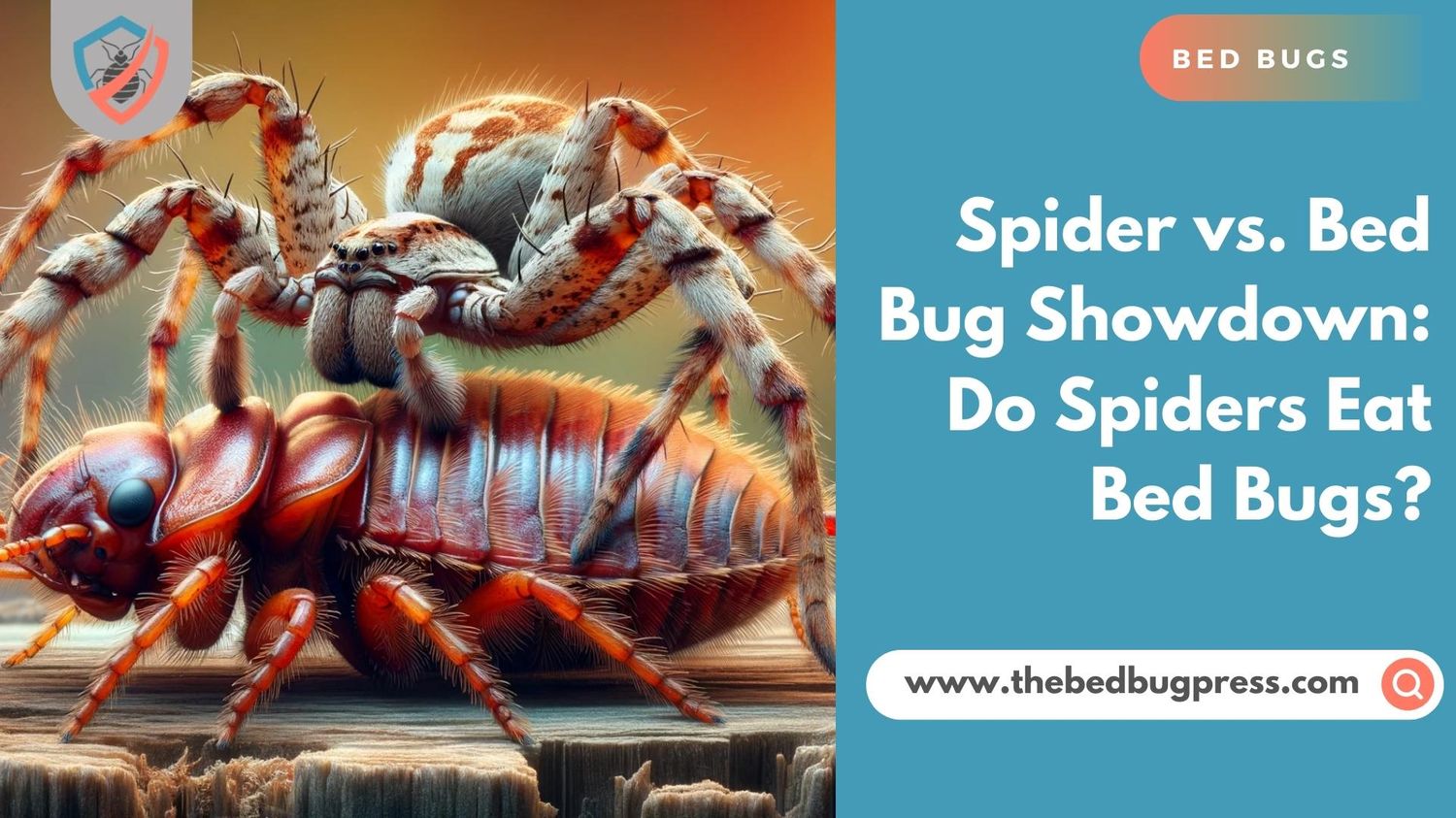When it comes to detecting a bed bug infestation in your home, one of the telltale signs lies in the presence of those elusive bed bug eggs. However, recognizing these to can prove challenging, particularly without the appropriate knowledge. Bed bug eggs are tiny pests, akin to the size of a pinhead, and tend to hide within crevices and cracks, such as mattress seams or behind baseboards.
Distinguishing bed bugs eggs from those of other insects is pivotal in accurately identifying and eradicating a bed bug pest infestation.
Within the confines of this article, we shall embark on an exploration of the coloration of bed bug eggs and unveil the methods to discern them from the eggs of other common insects. Let us delve into this enlightening journey of discovery.

How to Identify Bed Bug Eggs from Other Insects?
Distinguishing bed bug eggs from those of other insects can be a perplexing task, as they often appear deceptively similar to the naked eye. However, several distinctive characteristics can aid in their differentiation. Brace yourself for some enlightening tips on how to discern eggs of bed bugs from their insect counterparts:
Size and Shape Matter:
Bed bug eggs exhibit a small, oval form, measuring approximately 1mm in length. Eggs of adult bed bugs possess a gentle curvature, resulting in a distinct humpbacked appearance. Conversely, other common insect eggs, such as those of fleas and cockroaches, tend to be more elongated and cylindrical in shape.
A Peek at the Color:
Bed bug eggs boast a pearly white hue, camouflaging them against light-colored surfaces and making them challenging to detect. In contrast, the eggs of other insects, like fleas, tend to be translucent and inconspicuous to the naked eye.
The Power of Clustering:
Female bed bugs have a penchant for laying eggs in clusters, rendering them more conspicuous. Keep an eye out for these grouped arrangements, as they can aid in distinguishing bed bug eggs from those of other insects, which are often laid individually or in smaller groups.
The Sticky Situation:
Bed bug eggs exhibit a tendency to adhere to surfaces with the assistance of a sticky substance, further complicating their removal. In contrast, eggs from other insects may lack this adhesive quality, allowing for easier dislodging.
Professional Intervention:
If uncertainty persists regarding the origin of the eggs of adult bugs—whether they belong to bed bugs or another species—it is prudent to seek professional assistance. Enlist the expertise of a pest control company that can accurately identify the type of insect eggs present in your abode and offer tailored guidance on the most effective course of action.
By arming yourself with these invaluable tips, you enhance your ability to identify how bed bugs reproduce their bug eggs and embark on the necessary measures to eliminate bed bugs and their eggs from your home or premises. Prepare to reclaim the sanctuary of your abode from elusive bed bugs!
What is the Size of Bed Bug Eggs?
The size of bed bug eggs varies. However, on average they are about 1mm long. This is roughly the size of a pinhead. Bed bug eggs are translucent or white in color. They are very difficult to see with the naked eye and often require magnification to be properly identified.
Adult female bed bugs lay hundreds of eggs in their lifetime. Eggs are often laid in clusters within cracks and crevices near your bed or other places like in a hotel room where there is bed bug activity.
What is the Color of Bed Bug Eggs?
The color of bed bug eggs is usually white or translucent, with a slight yellowish tint. When first laid, bed bug eggs may appear shiny and have a sticky surface, but they will dry out and harden over time.
The bed bug eggs look and are typically small, oval-shaped, and have a slightly curved end. Bed bug eggs can be difficult to see with the naked eye and may require a magnifying glass or microscope to properly identify them. It’s important to note that bed bug eggs may appear darker or reddish brown.
If the eggs have been fertilized by adult bed bugs, the developing embryo inside the egg can be seen through the translucent shell.

Are Bed Bug Eggs Hard or Soft?
When freshly laid, bed bug eggs possess a soft texture and a subtly adhesive surface. Nevertheless, as time progresses, they undergo a hardening process, bolstering their durability and resilience against harm or disturbance. Encased within a robust, translucent shell, these eggs shield the developing embryo within, which typically takes about 6-10 days to hatch.
This formidable shell exhibits notable resistance to moderate pressure and handling, rendering manual crushing or removal of bed bug eggs an arduous task. Furthermore, bed bug eggs showcase a remarkable resistance to numerous conventional insecticides, making them an especially formidable adversary in the realm of pest control.
Particular Areas Where Bed Bugs Lay Eggs
Bed bugs have gained a notorious reputation for their adeptness at concealing themselves within various nooks and crannies of homes and buildings, including their favored egg-laying spots. Familiarize yourself with some prevalent areas where bed bugs are prone to deposit their eggs:
Mattresses and Box Springs:
The seams and crevices of mattresses and box springs rank high on the list of bed bug egg-laying sanctuaries. These cozy hiding spots provide an ideal environment for the eggs to thrive, benefiting from the warmth and protection they offer.
Bed Frames and Headboards:
Bed bugs may also choose to lay their eggs within the cracks and crevices of bed frames and headboards, as well as other furniture positioned near the bed. These locations grant easy access to their blood meal source and serve as discreet breeding grounds.
Clothing and Upholstered Furniture
Bed bugs may lay their eggs in clothing, curtains, upholstered furniture, and other soft surfaces where they can hide and feed.
Carpeting and Rugs
Bed bugs may lay their eggs in the fibers of carpets and rugs, particularly near the edges or in corners where they can be hidden from view.
Electrical Outlets and Wall Voids
Bed bugs may also lay their eggs in wall voids, light switches, and electrical outlets, where they can be difficult to detect and treat.
Keep in mind that bed bugs can lay their eggs in a wide variety of locations, so it’s important to thoroughly inspect all potential hiding places if you suspect a bed bug infestation.

How Many Beds Bug Eggs Do Female Bed Bugs Lay
A female bed bug can lay up to 5-7 eggs per week on average, and up to 200-250 eggs in her lifetime, depending on factors such as temperature and her food source availability. There are some cases, wherein a single female bed bug lays up to 500 eggs in her lifetime.
Bed bugs prefer to lay their eggs in small crevices or cracks near their preferred hiding and feeding spots, such as in the seams of mattresses or the cracks of furniture.
Typically, bed bug eggs hatch within 6-10 days, and the newly hatched bed bug nymphs begin feeding immediately.
How Long Will It Take for Bed Bug Eggs That Are Hidden to Hatch?
Bed bug eggs typically hatch within 6-10 days of being laid, although this can vary depending on factors such as temperature, humidity, and other environmental conditions. The ideal temperature range for bed bug eggs to hatch is between 70-82°F (21-28°C), with higher temperatures typically resulting in faster hatching times.
At temperatures below 50°F (10°C), bed bugs can produce eggs that may take up to several weeks or even months to hatch. Once the eggs hatch, the newly hatched nymphs must feed on blood to molt and continue to develop into adult bed bugs.
Bed bug eggs are often well hidden and can be difficult to detect, so a thorough inspection of all potential hiding places is necessary when attempting to identify and treat a bed bug infestation.

At What Temperature Do Bed Bug Eggs Die
Bed bug eggs are known to be quite resilient and can withstand a range of temperatures, although they are most vulnerable to extreme heat and cold.
Studies have shown that bed bug eggs will typically die within 5-7 days when exposed to temperatures below 32°F (0°C) or above 115°F (46°C) for an extended period. However, it’s important to note that these temperatures may not be practical or safe for use in all situations and may require specialized equipment or professional treatment.
Additionally, live bed bugs or bug eggs that are well-protected in hidden or insulated areas may be more difficult to kill with temperature treatments alone.
In many cases, a combination of heat or cold treatments and targeted insecticide applications may be necessary to effectively eliminate bed bug infestation.
How to Kill Bed Bug Eggs
Bed bug eggs are notoriously difficult to kill, as they are well-protected by a tough, translucent shell and are often hidden in hard-to-reach locations.
If you ever find bed bug eggs, here are some methods that may be effective for killing bed bug eggs:
Heat Treatment
Heat treatment is a method that can kill bed bug eggs effectively by exposing them to high temperatures, typically above 120°F (49°C) for an extended period. This can be done using specialized heat treatment equipment or by washing and drying infested objects, clothing, and bedding in high heat settings. This method kills both bed bugs and eggs effectively and can be used for hard to reach places.
Cold Treatment
Another method that can kill bed bug eggs is by exposing them to sub-zero temperatures for an extended period. This can be done by placing infested items in a deep freezer for several days, or by using liquid nitrogen to freeze the eggs. It can kill both bed bugs and eggs.
Insecticide Treatment
Certain insecticides have shown efficacy in targeting and eliminating bed bug eggs. However, it is crucial to note that these treatments must be directly applied to the eggs, and their effectiveness may be limited when dealing with well-protected or hidden eggs in hard to reach areas.
It is highly recommended to entrust insecticide treatments to licensed pest control professionals, as improper usage can pose hazards. Unsupervised use of insecticides may not kill bed bug eggs and adult bed bugs or take effect in the bed bug population.
Vacuuming and Steam Cleaning
Utilizing vacuuming and steam cleaning methods can aid in the removal and eradication of most bed bugs and bug eggs, though it may not guarantee the elimination of all bed bugs and their eggs. To maximize the effectiveness of vacuuming, employ a high-powered vacuum cleaner equipped with a crevice tool attachment, enabling you to access even tight cracks and crevices.
Eliminating bed bug eggs often requires a multi-pronged approach, as a combination of these methods may be necessary to effectively eliminate bed bug infestation. Additionally, it’s important to work with a licensed pest control professional who has experience treating bed bug infestations, as they can help to identify the most effective treatment methods for your specific situation.

What Color are Bed Bug Eggs When Unhatched
Unhatched bed bug eggs are the same color as hatched bed bug eggs. They both have a pearly-white color and a translucent appearance. The eggs are about 1mm in length, which is roughly the size of a pinhead, and are oval-shaped with one end slightly pointed and the other end more rounded.
As the bed bug embryo develops inside the bed bug egg, the bed bug egg may become slightly darker in color, but it generally remains pale and translucent until the bed bug egg hatches. Bed bug eggs that have been fertilized may also have a small dark spot at one end, which is the developing embryo.
Since bed bugs can lay eggs that are very tiny and difficult to see, you should thoroughly inspect all potential hiding spots for bed bugs for proper identification and elimination of any bed bug egg.

